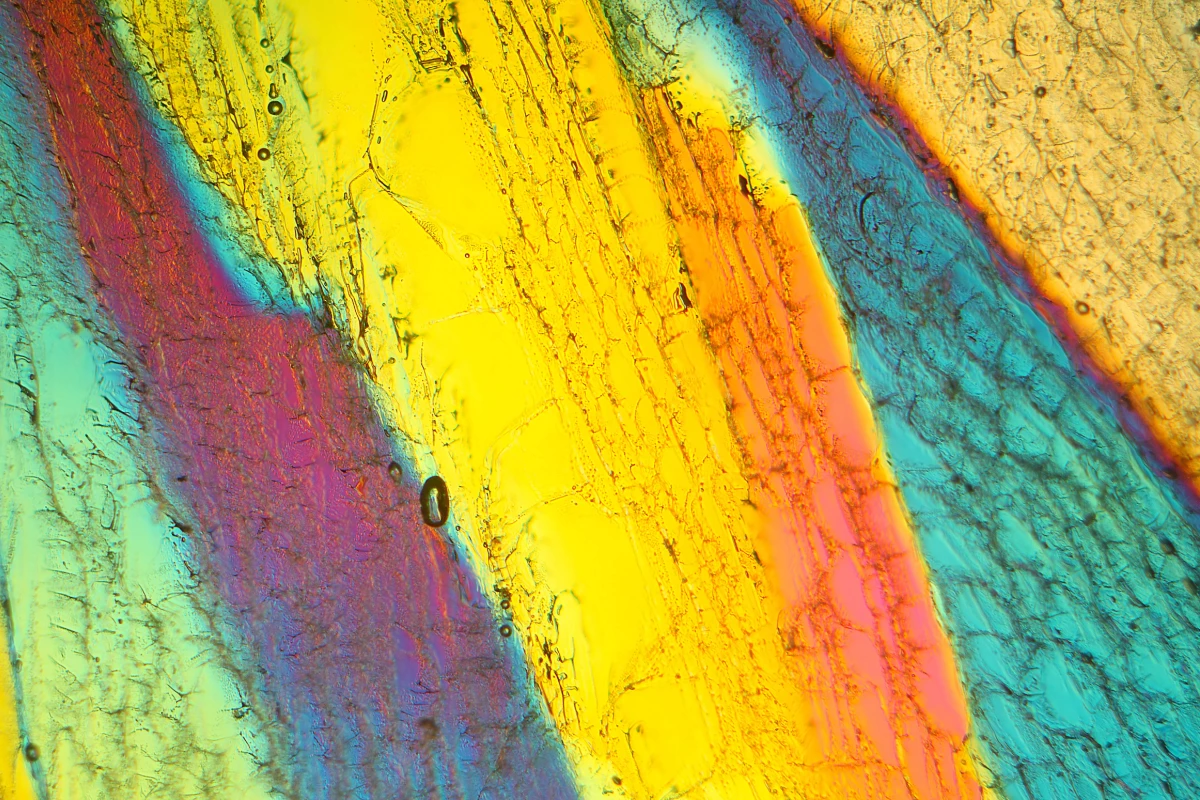A recent study has shed light on the long-debated question of whether the distinctive nose of the Neanderthal evolved specifically for cold weather. Researchers from the University of Pennsylvania examined a remarkably preserved Neanderthal nasal cavity, revealing important insights into the facial structure of this ancient species.
The research focused on a fossil found in the Shanidar Cave in Iraq, dating back approximately 60,000 years. The fossil’s well-preserved nasal cavity provided an unprecedented opportunity for scientists to analyze its structure and function. By employing advanced imaging techniques, the team was able to visualize the intricate features of the nasal passages, leading to new conclusions about their purpose.
One of the key findings indicates that the Neanderthal nose was not solely an adaptation to cold climates, as previously assumed. Instead, the researchers suggest that the shape and structure of the nose played a significant role in filtering and warming air, adapting to various environmental conditions. This insight contributes to the broader understanding of how early humans and their relatives adapted to their surroundings.
Dr. Robert McCarthy, the lead author of the study, emphasized the importance of these findings in understanding human evolution. “The Neanderthal nose was likely more versatile than we previously thought,” he stated. “It shows us that their adaptations were not just about surviving in cold weather, but also about thriving in diverse environments.”
This research adds to the growing body of evidence that challenges the simplistic view of Neanderthals as primitive beings. Instead, they are increasingly recognized as complex and adaptable, capable of modifying their behavior and physiology in response to their surroundings.
The implications of this study extend beyond our understanding of Neanderthals. It also raises questions about the evolution of modern humans. By examining the similarities and differences in facial structure, researchers can trace the lineage and adaptations of both species over time.
As more fossils are discovered and analyzed, the picture of our ancestors continues to evolve. The ongoing research highlights the dynamic nature of paleontology, revealing that every new discovery has the potential to reshape our understanding of human history.
In conclusion, the study of the Neanderthal nasal cavity not only solves a long-standing mystery about their facial features but also contributes to the broader narrative of human evolution. With ongoing research in this field, scientists are poised to uncover even more about the lives and adaptations of our ancient relatives.







